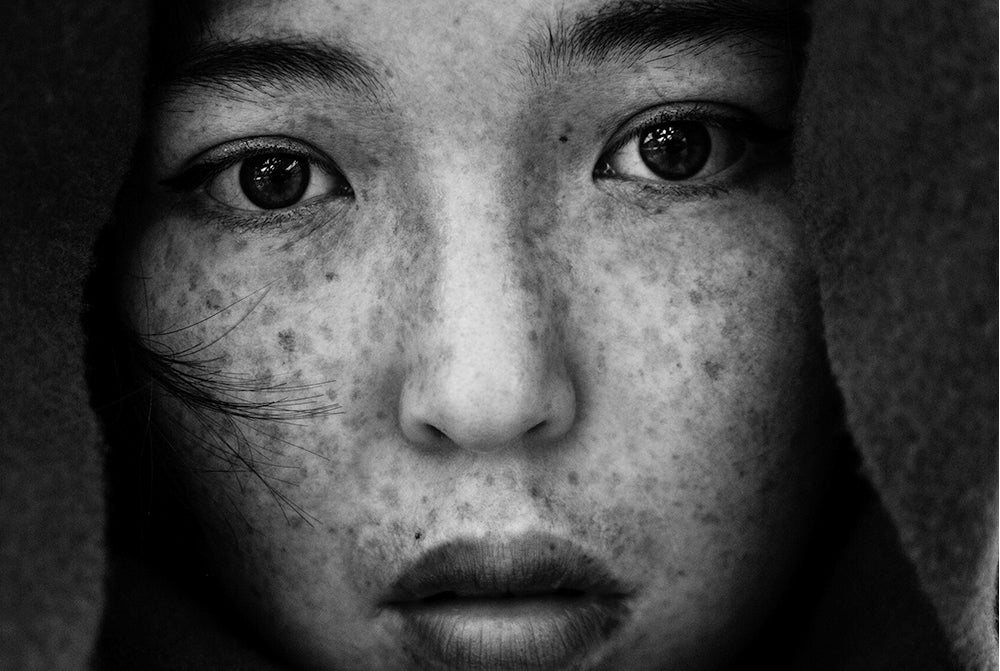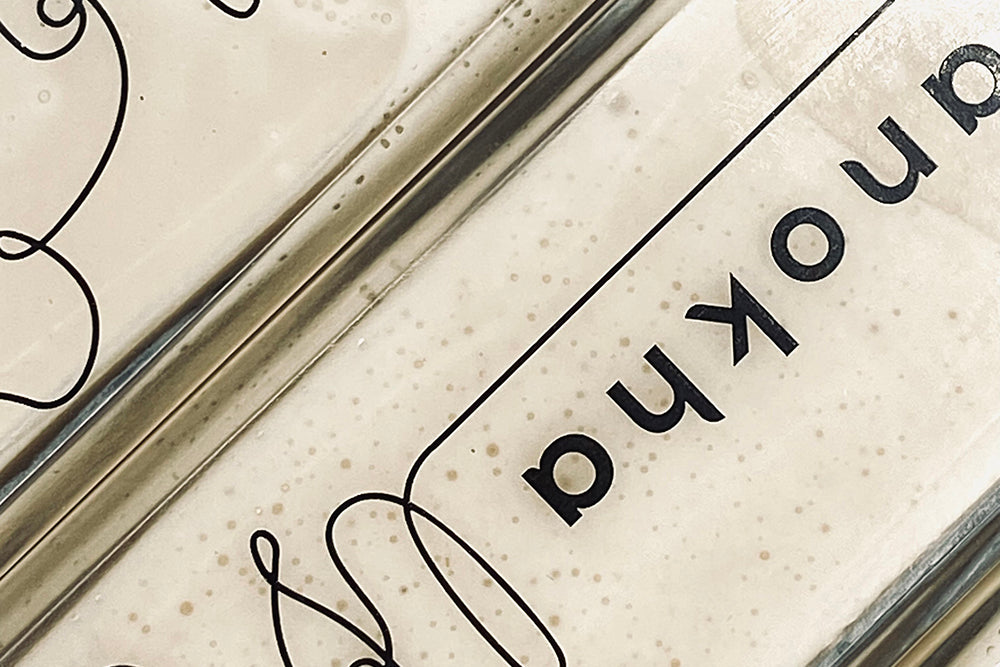
the cycle of hyperpigmentation

The desire for clear, glowing skin transcends culture, age, and fashion. Even, bright skin free of blemishes and pigmentation gives an impression of youth and health.
what is hyperpigmentation?
There are three basic types:
- Ultraviolet (UV)-induced hyperpigmentation occurs following overexposure to the sun, tanning beds, and fluorescent or ambient lighting. There are typically diffuse spots evenly distributed on the face.
- Hormonally-induced hyperpigmentation occurs secondary to hormonal fluctuations, including pregnancy, oral contraceptives, thyroid dysfunction, and menopause, and is found in large patches located on the jawline, upper lip, cheeks, and forehead.
- Post-inflammatory induced hyperpigmentation occurs following an injury to the epidermis, such as a cut or burn, and looks like a dark area at the site of trauma.
The key is to understand the process of melanin formation in the skin. Once we understand the cycle of pigment deposition, it’s easier to understand what works and what doesn’t in treating it. Bear with us as we get a bit technical for a few minutes:
Melanocytes are cells located in the bottom layer of the epidermis. They produce melanin, the pigment responsible for the color of the skin. Melanocytes are activated by events such as sun exposure, inflammation, pregnancy, and aging. This triggers a chain reaction of events within the cell beginning with the enzyme tyrosinase. Tyrosinase then mediates the synthesis of melanin. Melanin-filled melanosomes are deposited into keratinocytes (the main cell type in the epidermis), resulting in pigmentation.
how do you treat hyperpigmentation?
Now that we know the cycle of hyperpigmentation, it becomes easier to understand how to treat it. The key is to target each step in the cycle to break the chain reaction which results in pigment deposition.
- Protection from UV exposure: This is arguably the most important, and easiest, step in preventing and treating hyperpigmentation. An SPF of at least 30 daily is critical to preventing activation of melanocytes by exposure to UV rays. A physical barrier sunscreen which contains zinc is recommended. The actual brand of sunscreen is far less important than daily use, every single day. Without the use of sunscreen, even the best skin brightener will be worthless.
- Inhibit tyrosinase production: Tyrosinase inhibitors can help to stop the chain reaction which results in melanin deposition. Some natural tyrosinase inhibitors include arbutin, kojic acid, azelaic acid, licorice extract, mulberry extract, N-acetyl glucosamine, and daisy extract.
- Increase cell turnover: By increasing the turnover rate of cells, healthy cells can be brought to the surface of the skin more efficiently. Vitamin A derivatives such as treretinoin are helpful in this regard.
- Exfoliation: Pigment appears darker when it sits closer to the surface of the skin. Gentle exfoliation allows the pigment to be lifted and removed. Remember to be gentle when exfoliating pigmented skin manually or with chemical peels; too much trauma will cause inflammation, beginning the cycle of pigment deposition once again. Hibiscus flower extract contains citric and malic acids, which provide safe exfoliation of the skin.
anokha® currently produces two brightening products designed to treat pigmentation. Notice that we’ve used the term brightening. Lightening is a medical treatment and is regulated by the Food and Drug Administration (FDA) in the United States. Two ingredients currently approved for skin lightening or whitening in the United States are hydroquinone and treretinoin. Products with these ingredients are considered to be drugs and are subject to review and regulation by the FDA. Brightening agents are not drugs; they are cosmeceuticals and are not required to undergo FDA testing prior to release.
anokha®’s Amla Skin Brightening Lotion is a light, deeply hydrating lotion filled with botanicals including amla fruit, daisy, mango seed butter, licorice root, and hibiscus to gently brighten the skin while reducing uneven skin tone. High levels of antioxidants assist in slowing the aging process. Anokha®’s Black Tea & Licorice Root Brightening Cleanser was created to brighten and clarify the skin. Powerful antioxidants derived from black tea ferment and grapeseed oil combine to help protect your skin against premature aging, while licorice root extract and black tea ferment help to even skin tone. Grapefruit oil helps to prevent oily skin in addition to providing a fresh, clean scent.



leave us a comment
This site is protected by hCaptcha and the hCaptcha Privacy Policy and Terms of Service apply.